Anti-Congestive Heart Failure drugs
Heart failure is a complex clinical syndrome, a serious stage of various heart disease, with high morbidity as well as high incidence of hospitalization and mortality rates. Heart failure is a symptomatic disease with specific symptoms of dyspnea and fatigue, which often accompanied by specific signs - fluid retention. Furthermore, heart failure is also a progressive process. Initial myocardial damage will cause hemodynamic abnormalities (preload, afterload, and myocardial contractility abnormalities which will affect the heart to work). Improving hemodynamic parameters can significantly reduce the symptoms, but have no improvement to the progress of heart failure, long-term prognosis and reduction of mortality. It has been gradually clear that the basic mechanism of heart failure is ventricular remodeling, which manifests as cardiac hypertrophy, apoptosis, re-expression of embryonic genes and proteins, changes of the mass and composition of extracellular matrix. Clinical manifestations are myocardial mass, ventricular volume increased, and ventricular shape changes. After the initial myocardial injury, a variety of endogenous neuroendocrine factors and cytokines are activated, including norepinephrine, angiotensin Ⅱ, aldosterone, vasopressin, endothelin, tumor necrosis factor. When heart failure happens, these factors in the circulation and tissue levels were increased. The long-term, chronic activation of neuroendocrine cytokine system can promote myocardial remodeling as well as increase myocardial damage and functional deterioration, and lead to further activation of neuroendocrine cytokines, thus form a vicious cycle. Therefore, blocking the neuroendocrine system and myocardial remodeling has become the key link in the treatment of heart failure, which attracts more and more attention, and lead the emergence of new treatment ideas and new drugs.
- Structure:
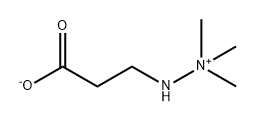
- Chemical Name:Mildronate
- CAS:76144-81-5
- MF:C6H14N2O2
- Structure:
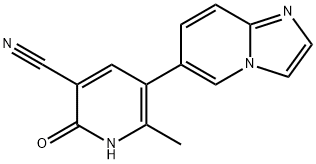
- Chemical Name:Olprinone
- CAS:106730-54-5
- MF:C14H10N4O
- Structure:
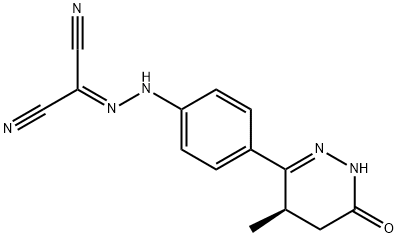
- Chemical Name:Levosimendan
- CAS:141505-33-1
- MF:C14H12N6O
- Structure:
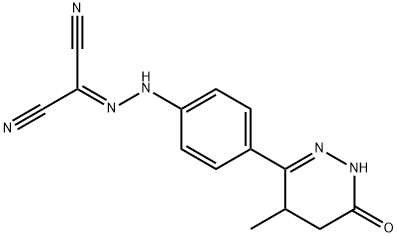
- Chemical Name:Simendan
- CAS:131741-08-7
- MF:C14H12N6O
- Structure:
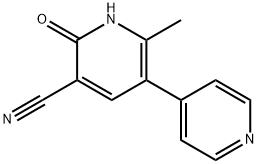
- Chemical Name:Milrinone
- CAS:78415-72-2
- MF:C12H9N3O
- Structure:
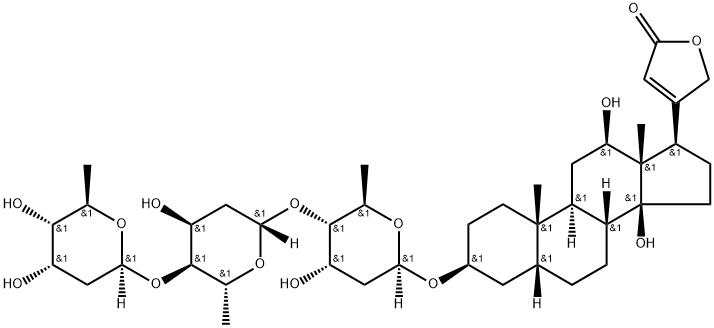
- Chemical Name:DIGOXIN
- CAS:20830-75-5
- MF:C41H64O14
- Structure:
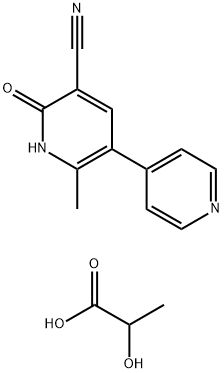
- Chemical Name:Milrinone lactate
- CAS:100286-97-3
- MF:C15H15N3O4
- Structure:
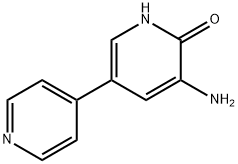
- Chemical Name:Amrinone
- CAS:60719-84-8
- MF:C10H9N3O
- Structure:
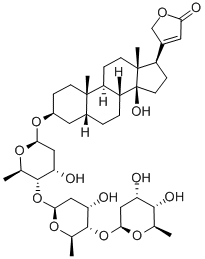
- Chemical Name:Digitoxin
- CAS:71-63-6
- MF:C41H64O13
- Structure:
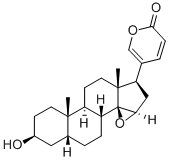
- Chemical Name:Resibufogenin
- CAS:465-39-4
- MF:C24H32O4
- Structure:
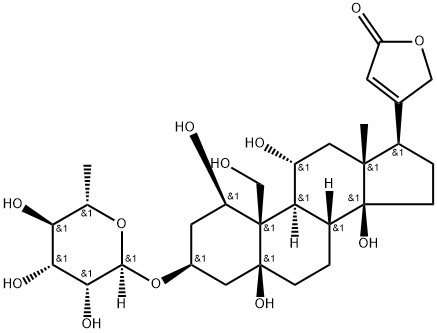
- Chemical Name:G-STROPHANTHIN
- CAS:630-60-4
- MF:C29H44O12
- Structure:
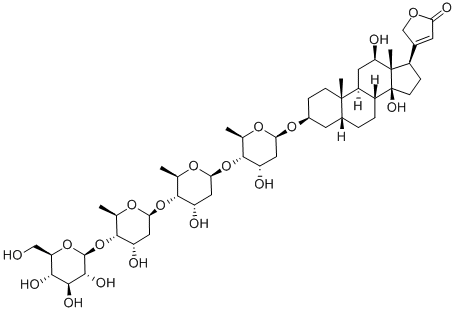
- Chemical Name:Deslanoside
- CAS:17598-65-1
- MF:C47H74O19
- Structure:
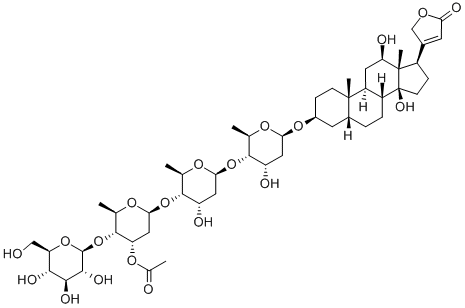
- Chemical Name:LANATOSIDE C
- CAS:17575-22-3
- MF:C49H76O20
- Structure:
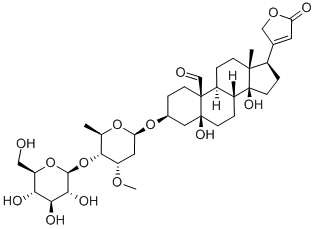
- Chemical Name:K-STROPHANTHIN
- CAS:11005-63-3
- MF:C36H54O14
- Structure:
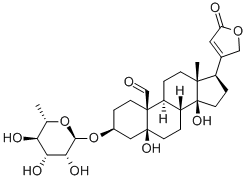
- Chemical Name:CONVALLATOXIN
- CAS:508-75-8
- MF:C29H42O10
- Structure:
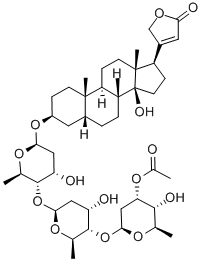
- Chemical Name:ACETYLDIGITOXIN
- CAS:1111-39-3
- MF:C43H66O14
- Structure:
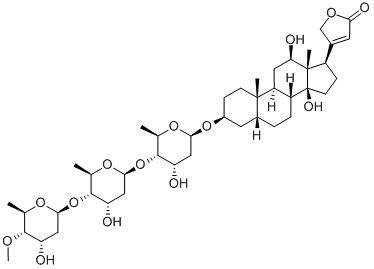
- Chemical Name:Metildigoxin
- CAS:30685-43-9
- MF:C42H66O14
- Chemical Name:Divaricoside
- CAS:
- MF:C30H46O8
- Structure:
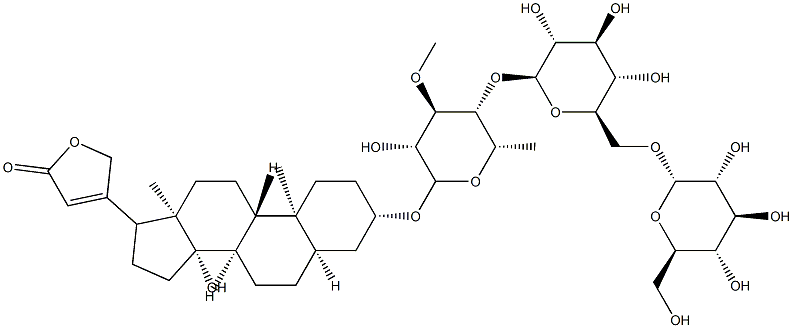
- Chemical Name:THEVETIN
- CAS:11018-93-2
- MF:C42H66O18